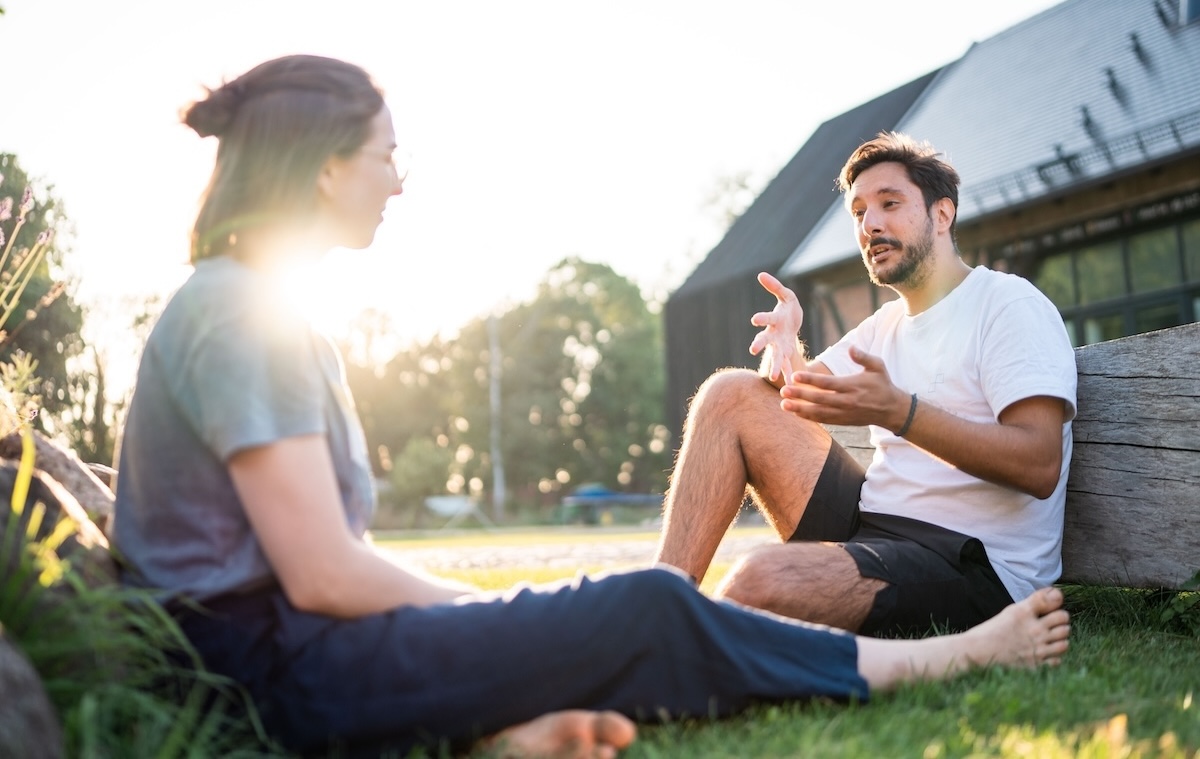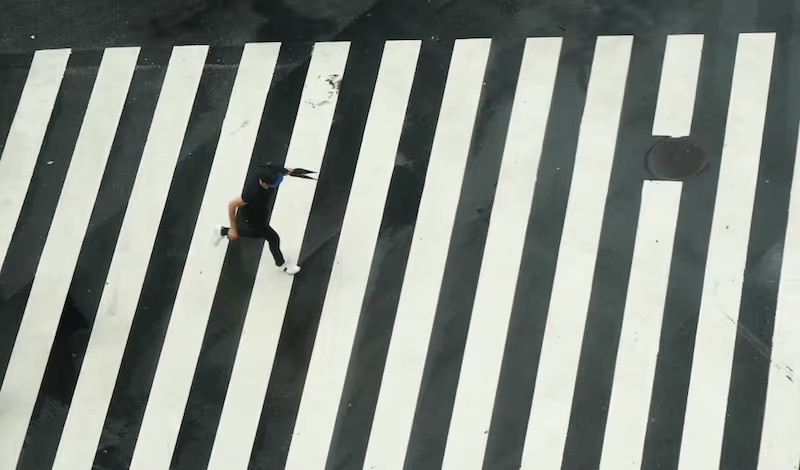Why Biodiversity Matters for Business Success
Biodiversity isn’t just a planetary concern—it’s a business one, too. As sustainability becomes a competitive advantage, integrating biodiversity into your strategy can unlock innovation, resilience, and long-term growth. This post unpacks how businesses can balance ecological health and economic success. You might also explore 6 essential competencies for 21st-century learners. 6 Essential Competencies for Future-Ready Learners.
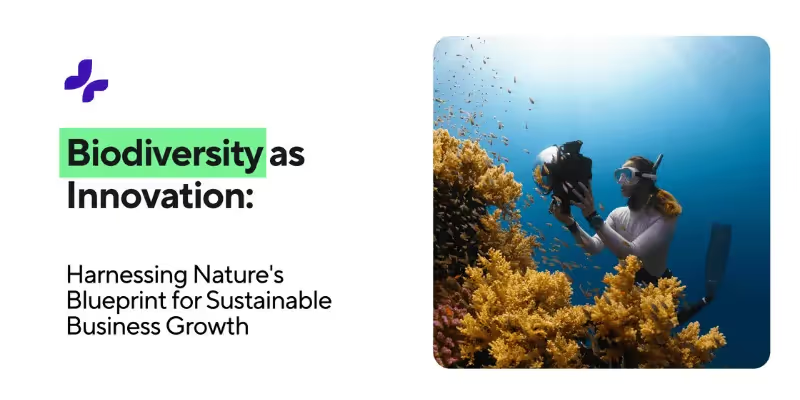
Balancing ecology and economy: leveraging biodiversity for business innovation
Exploring the opportunities that lie in the intersection of sustainability and technological advancement
Environmental stewardship and economic growth
Amidst the urgent dialogue on environmental sustainability, the fusion of technological innovation with the principles of biodiversity offers some hope and a blueprint for the future.
This story is presented by Dr. Sami Asad, professor of sustainability and ecology at Tomorrow University of Applied Sciences. Dr. Asad emphasizes the importance of balancing ecological health with economic growth and explores how sustainability and innovation intersect. He envisions a future where environmental stewardship and technological advancement go hand in hand.
Biodiversity as a catalyst for business innovation
Opportunities in biodiversity
Biodiversity is not only the life support system of our planet, but it also contains a treasure trove of opportunities for business innovation and opportunity. The World Economic Forum estimates that biodiversity-fueled business opportunities could be worth $10 trillion annually and create almost 400 million jobs over the next 10 years. Capitalizing on this opportunity, businesses can look to nature’s principles, form, and function to design innovative products and develop solutions for mitigating global challenges.

Bio-prospecting and pharmaceutical innovation
Medicinal compounds from nature
From venomous snakes and poisonous frogs to toxic plants and acidic ants, our planet contains an enormous variety of complex chemical compounds [1]. The highly specific pathophysiological nature of these compounds has massive application potential in the pharmaceutical industry. The global trade in medicinally important plants exceeds $2.5 billion [2]. However, the real frontier lies in bioprospecting: the screening of naturally occurring venoms and toxins to track down medically important compounds that could be used to develop life-saving medication.
Captopril, one of the most effective drugs for improving post-heart attack survival is derived from the venom of the Brazilian pit viper (Bothrops jararaca) [3]. Furthermore, the market potential of undiscovered cancer medicine discovery from Marine environments is estimated at $563 billion - $5.69 trillion [4]. While traditional bioprospecting techniques continue to discover and utilize these compounds, AI and Machine learning present a unique, potentially ground-breaking opportunity to screen and identify naturally occurring medical compounds on a massive scale.
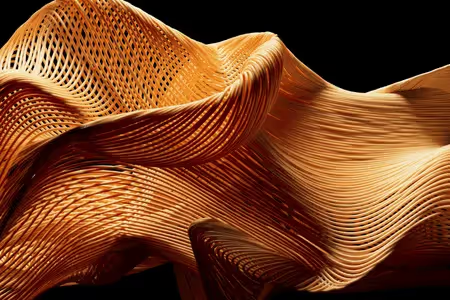
Biomimicry: Evolution as the ultimate designer
Nature-inspired technology and innovation
Natural selection over millions of years has led to the development of efficient and sustainable solutions for the challenges of life. Using biomimicry, designers and engineers take inspiration from the complex variety of biological strategies, structures, and functions found in the natural world [5]. Their goal: is to create technologies, products, and systems that support businesses with innovative and efficient solutions. Based on the principles of emulation, ethos, and reconnection, biomimicry has already developed actionable solutions from Sharkskin-inspired Antimicrobial Coatings [6] to whale-fin-inspired wind turbines [7].
Green infrastructure for sustainable cities
Nature-based urban solutions
Excess heat, hazardous air quality, and poor drainage are decreasing the life quality of city dwellers. By 2050, 70% of the world’s population, an estimated 10 billion people, will live in cities [8]. As such, finding solutions to urbanization will be essential for mitigating the challenges of our overpopulated future cities. Via strategically utilizing natural elements, from vegetation, water, and open spaces, green infrastructure aims to capitalize on nature-based solutions to provide ecological, social, and economic benefits [9]. Green roofs and walls that integrate living, and plant surfaces into buildings can promote energy savings, reduce sound transmission into buildings, and contribute to water treatment longevity [10]. Along with reducing the urban heat island effect, green infrastructure innovations are uniquely positioned to design the sustainable cities of tomorrow and help in the fight against climate change.
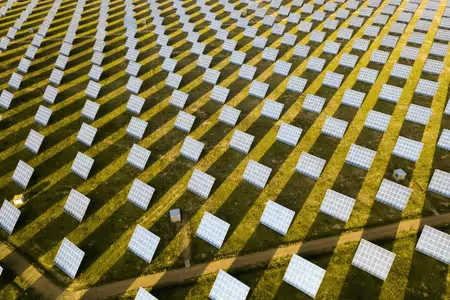
Competencies for biodiversity business innovation
Essential skills and knowledge
An entrepreneurial mindset and an understanding of environmental systems are key for any biodiversity business innovation! However, this should be complemented with:
- Environmental systems thinking mindset
- Computational thinking
- Data science skills
- Conceptualization and design application
How ToU offers these skills
Within the foundations of climate sciences impact certificate, we provide students with the necessary understanding of environmental systems (Climate and environmental science foundations) and their potential applications to societal and economic development (ecosystem services and nature-based solutions). Furthermore, our technology impact certificates provide the necessary data analysis (foundations of tech impact), and the AI (build with AI for a better society) skills required to dive into environmental data and identify potential innovations. Finally, to convert nature-based ideas and concepts into products and services, we provide the prototype impact solutions impact certificates, which cover every step in the design process from customer development to measuring learning and iterating a product.
The future of sustainability and innovation
A manifesto for survival and prosperity
As we stand at the crossroads of environmental sustainability and economic innovation, the path forward is abundantly clear. The fusion of biodiversity with business represents not just a strategy for growth, but a manifesto for survival and prosperity in the 21st century. Tomorrow University stands at the forefront of this transformative journey, equipping the next generation of leaders with the knowledge, skills, and vision to turn nature's lessons into groundbreaking innovations. By embracing the principles of biodiversity, we unlock a universe of opportunities - a testament to the power of combining environmental stewardship with economic innovation. As we chart this exciting terrain, the promise of a sustainable, biodiverse future beckons, offering a blueprint for a world where business and nature thrive in harmony.
About Dr. Sami Asad
Dr. Sami Asad stands at the merges environmental science and sustainable innovation, wielding his expertise to challenge and reshape the discourse on conservation and development. Holding a Ph.D. in ecology and conservation, his work spans the scope from assessing the impacts of human activities on biodiversity to harnessing artificial intelligence for conservation efforts. At Tomorrow University of Applied Sciences, Dr. Asad's leadership pioneers an academic understanding of sustainability and also practical, tech-driven solutions for pressing environmental issues, embodying a commitment to both education and action in the quest for a sustainable future. Sami is featured in Clean Technica recent article: Biodiversity Is A Global Asset That Should Be Factored Into Investment Strategies.
Sources
[1] https://www.weforum.org/agenda/2018/11/venomics-deadly-toxins-life-saving-drugs-mande-holford/
[2] Barata, A.M., Rocha, F., Lopes, V. and Carvalho, A.M., 2016. Conservation and sustainable uses of medicinal and aromatic plants genetic resources worldwide for human welfare. Industrial Crops and Products, 88, pp.8-11.
[5] https://biomimicry.org/what-is-biomimicry/
[6] Dundar Arisoy, F., Kolewe, K.W., Homyak, B., Kurtz, I.S., Schiffman, J.D. and Watkins, J.J., 2018. Bioinspired photocatalytic shark-skin surfaces with antibacterial and antifouling activity via nanoimprint lithography. ACS applied materials & interfaces, 10(23), pp.20055-20063.
[7] Van Nierop, E.A., Alben, S. and Brenner, M.P., 2008. How bumps on whale flippers delay stall: an aerodynamic model. Physical review letters, 100(5), p.054502.
[8] https://www.worldbank.org/en/topic/urbandevelopment/overview
[9] Wang, J. and Banzhaf, E., 2018. Towards a better understanding of Green Infrastructure: A critical review. Ecological Indicators, 85, pp.758-772.
[10] Manso, M., Teotónio, I., Silva, C.M. and Cruz, C.O., 2021. Green roof and green wall benefits and costs: A review of the quantitative evidence. Renewable and Sustainable Energy Reviews, 135, p.110111.

.svg)
.svg)
.svg)



.webp)


